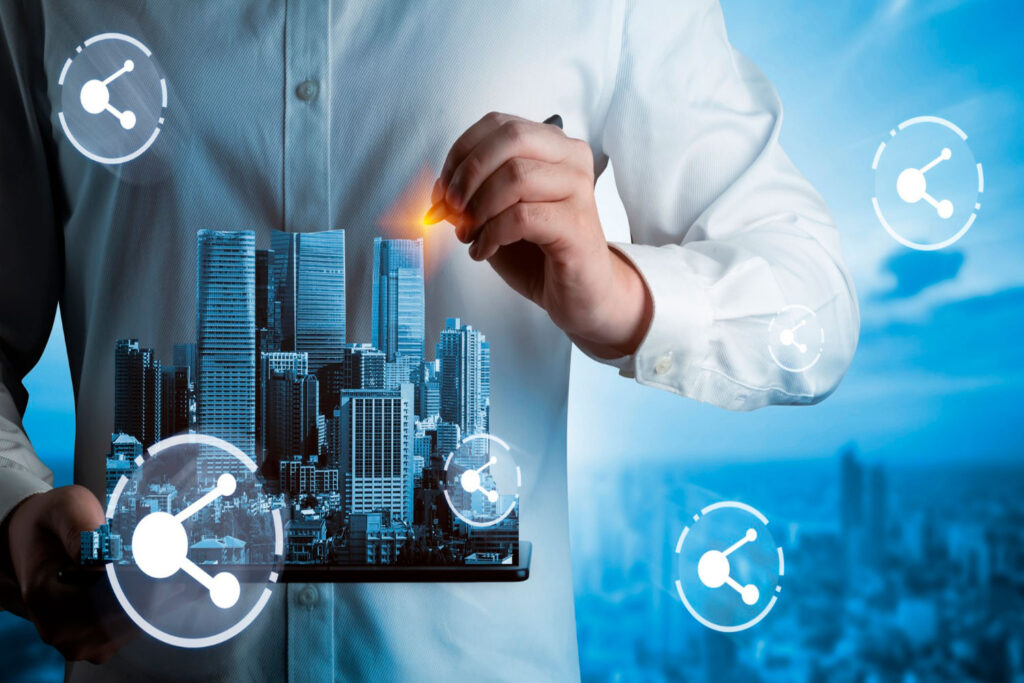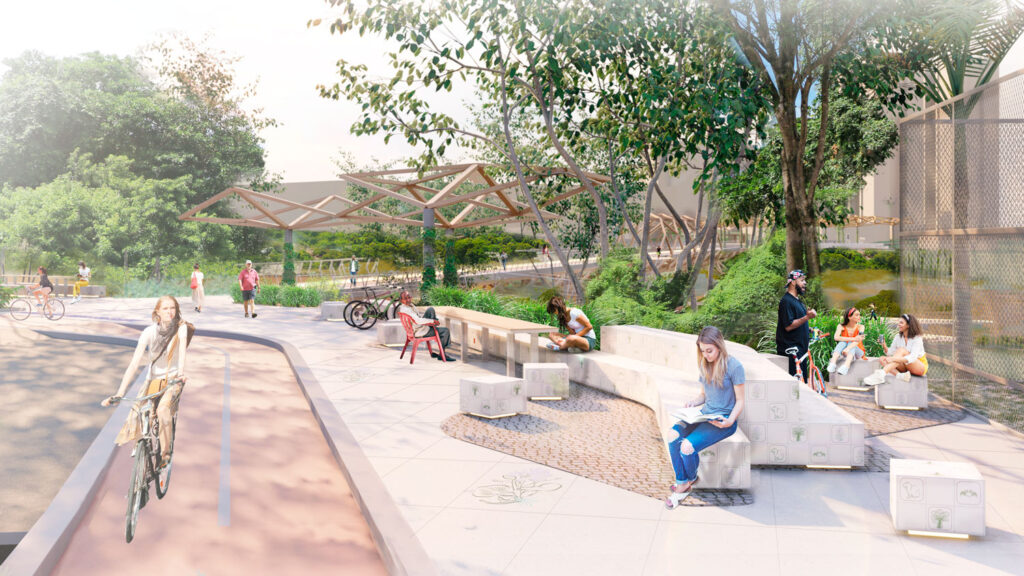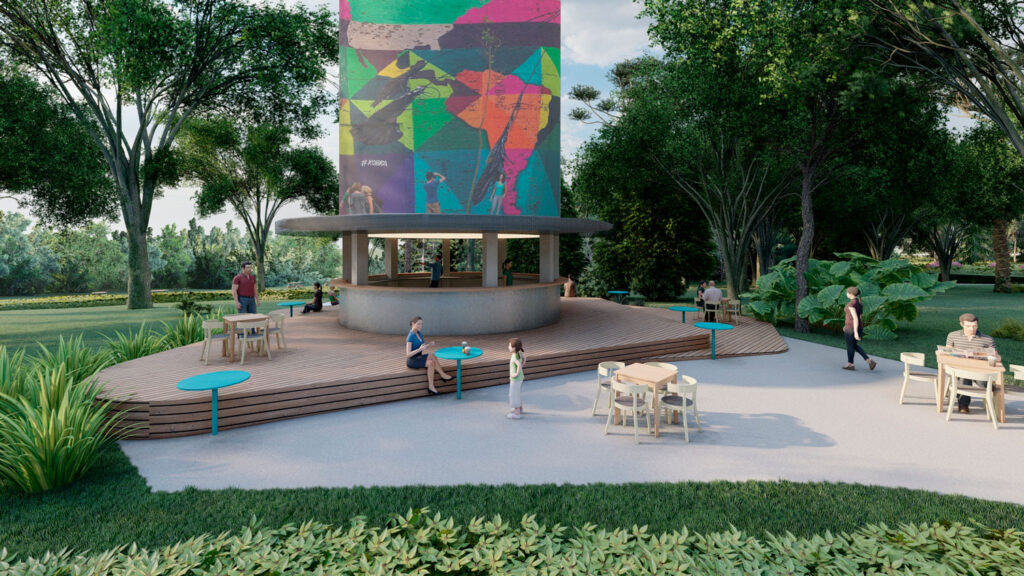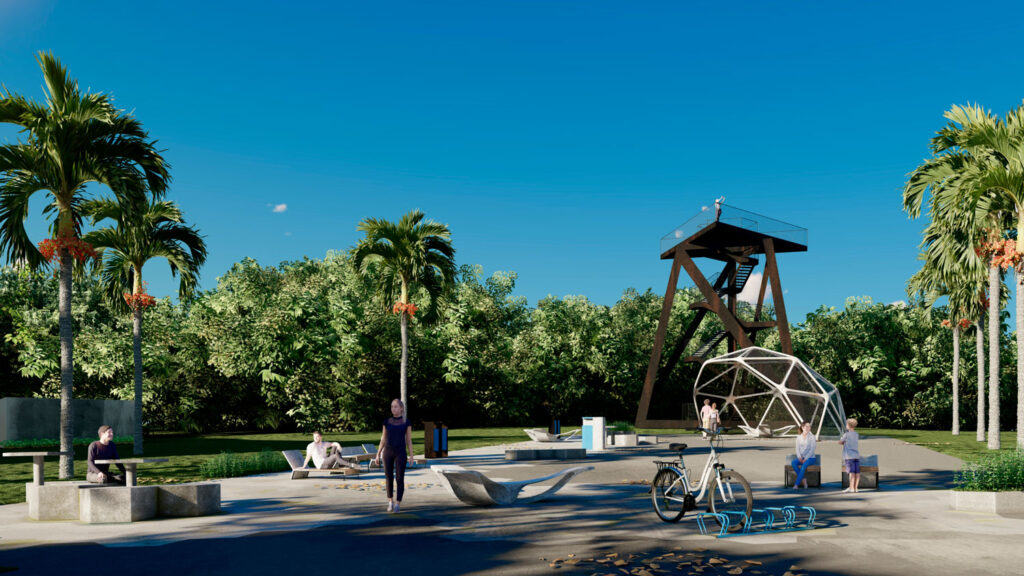The United Nations (UN) estimates that by 2050 about 66% of the entire world population will live in urban centers, as well as an increase of 2.5 billion people in the number of inhabitants is expected.
These forecasts, combined with climate demands and concerns about quality of life, require new planning so that the city of the future not only accommodates all inhabitants but also offers quality resources, more humanized infrastructure, environmental care and more possibilities for interaction. social and welcoming among people.
So, to better understand this place, follow this article and check out the main points about the city of the future!
City of the future: what is it?
The city of the future is welcoming, more humane and developed based on planning that encourages relationships and interactions between people. Along with this, the concept encompasses intelligent and technological features that help meet everyone's needs.
The themes of sustainability, health and quality of life also come to the fore when it comes to a city of the future, since these issues are having an increasing impact on urban life and require solutions in all areas – including planning urban, architectural and urban landscaping to value nature in large centers.
The tendency is for this new urban format to use technological mechanisms such as Artificial Intelligence, Internet of Things, smart streets, Big Data and differentiated infrastructures.
according to book The Future belongs to the CHICS: how to build human, intelligent, creative cities now, launched by the Brazilian Institute of Smart, Human and Sustainable Cities (IBCIHS) in partnership with the Brazilian Network of Smart and Human Cities, the management of a city of this type is different.
It must be systemic, integrated, transversal and integral considering 5 layers:
- Underground;
- People;
- Ground;
- Technology infrastructure;
- Platforms: Blockchain, Internet of Things and Artificial Intelligence.
With this, it becomes possible to obtain several advantages that will be listed below. Check out!
What are the advantages of human and smart cities?
What has been discussed so far promotes the possibility of obtaining several advantages in human and smart cities, which encompass various aspects of the population's daily life, focusing on building good places to live, visit, study, work and invest. All this in an ecological, humane and interconnected way.
In addition, it is expected to promote significant advances in reducing pollution, improving accessibility, including diversity and creating more conducive spaces for human interactions.
In some cities around the world, such as Chicago, USA, technologies are already being used in light poles that identify whether the air quality is satisfactory, in addition to collecting data on temperature, traffic and other useful information to work on improvement of the quality of life of the population.
In other places, such as Beijing, China, there are already smarter cities that are testing technological devices with air purification capabilities to filter out harmful particles and return clean air.
Therefore, the benefits that this new city concept has to offer the world's population are very great and necessary.
Can there be a city of the future in Brazil?
It is important to bring the topic closer and think about the city of the future in Brazil. It is possible to be created, as well as current cities can and should be adapted.
However, it is necessary to consider that Brazil is a large country with much more serious issues in terms of social inequality and infrastructure, for example, than other more developed countries.
However, this does not mean that the city of the future and more humane is not possible, just that the concept needs to be adapted to the reality of the country, using other population models as inspiration.
An example of projects that are already being researched in Brazil on the subject is MIT's Favelas 4D. The project envisages a 3D laser scan of the largest favela in Rio de Janeiro, Rocinha, with the intention of establishing a morphological analysis to enable public policy interventions.
In addition, among other ideas, it is possible to think of urban landscaping projects in Brazilian cities to help with environmental impacts and also promote spaces for socializing with shade, fruits and flowers in public spaces, creating more inviting environments that encourage connection. humanization of the population.
Therefore, each region must adapt the city of the future to meet the needs of its populations, always thinking about topics such as mobility, social integration, sanitation, sustainability, diversity and inclusion, all with technological support.
Check out other content like this one on the Plantar Ideias blog and stay on top of industry trends and news!
See too: 4D Complex House | Confira quais são as cidades planejadas no Brasil





